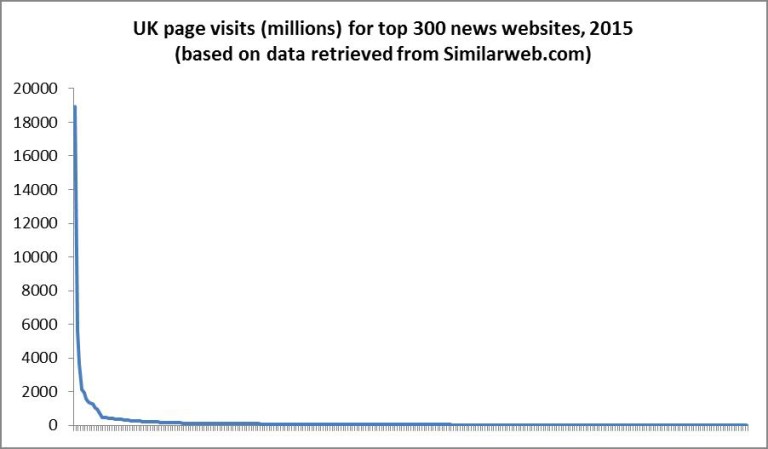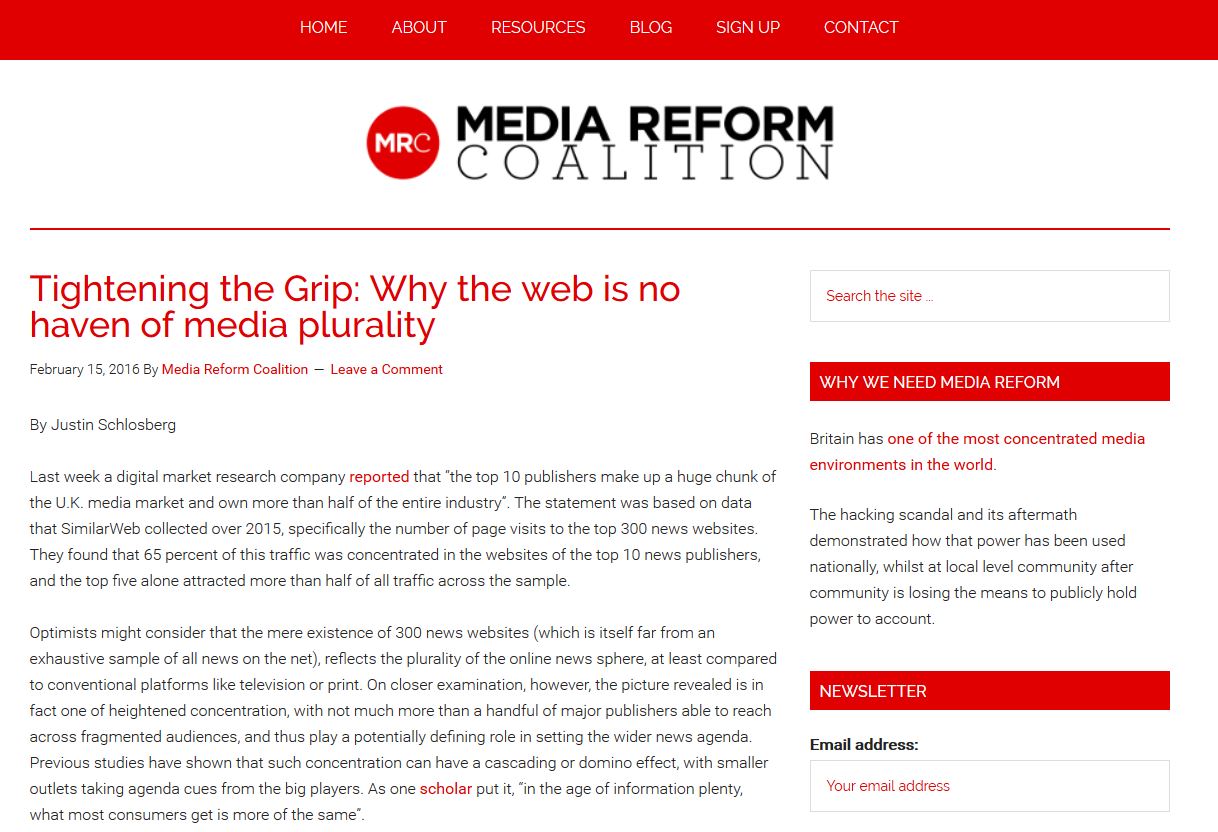This post was contributed by Professor Penelope Gardner-Chloros, Department of Applied Linguistics and Communication
I recently returned from a trip to Southern Italy. Apart from enjoying the delights of Neapolitan pizza (3 stars), the Bay of Naples (4 stars) and Pompeii (5 stars), I also went right down to the heel of Italy on a linguistic fact-finding mission, starting in the lovely Baroque town of Lecce.
 Grecia Salentina – like the smaller area of Bovesia down in the toe – comprises nine villages where, intriguingly, it has been claimed that a form of Greek (written in the Roman alphabet) may have been spoken since the 8th century BC. Others say that the Greek spoken there was brought over by refugee settlers in Byzantine times; yet others claim that at least in its current form, it has more recent origins, dating to the 19th century.
Grecia Salentina – like the smaller area of Bovesia down in the toe – comprises nine villages where, intriguingly, it has been claimed that a form of Greek (written in the Roman alphabet) may have been spoken since the 8th century BC. Others say that the Greek spoken there was brought over by refugee settlers in Byzantine times; yet others claim that at least in its current form, it has more recent origins, dating to the 19th century.
Even discounting the more ancient origins which are claimed, it is intriguing that a linguistic minority should have survived so long in this context. Having failed to find any easily accessible and up-to-date sociolinguistic studies, I wanted to carry out a quick recce, and if possible hear this dialect for myself. I therefore went round all nine villages (one of them incidentally called Calimera, or ‘good day’ in Greek), looking for evidence of Greek both in the visual (‘linguistic landscape’) sense and for potential speakers.
Seeking Greek
There was plenty of evidence in the visual sphere: street signs, shop names (some even in the Greek alphabet), explanations on various monuments – even a fully fledged parish magazine trilingual in Modern Greek, Italian and Griko. There were also some clear culinary connections, probably dating back centuries: ‘chorta’ or wild greens, boiled and served as a salad in Greece, were also on the menu here, as was twice-baked bread as found in every Greek bakery.
But what of the active linguistic scene? Italian was standardised late in the 19th century and regional dialects are still widely spoken. As in Naples, in this area many locals do not speak standard Italian among themselves.
Like other Italian dialects, Neapolitan and Salentino varieties are being eaten away by the spread of the standard variety but they are still noticeably active in the local population. Our taxi driver in Naples, assailed from all sides by motorbike riders cutting in on him – a local pastime – opened his window and screamed with ferocious irony at one of them: ‘Ha raggiu! Ha raggiu!’ (‘You are right! You are right!’).
The Italian form: ‘Ha raggione’ simply would not have carried the same impact, savour or street cred. So like many other linguistic situations, the Southern Italian one is as multilayered as the local lasagne. If Greek was there to be found, it would be vying not only with Italian but on a range of local dialects. Indeed this may have contributed to its decline, since an alternative ‘in-group’ variety, closer to the standard, was also available.
‘Relic’ languages and NORMS
 But what was the evidence of the ‘Griko’ dialect actually being spoken? As all sociolinguists will know, the best hope of finding speakers of ‘relic’ languages is by interviewing ‘NORMS’ – non-mobile, older rural males. Fortunately for me, one of the principal pastimes of the ‘norms’ in Mediterranean countries is hanging out in the cafe with their friends, sipping a coffee or an alcoholic beverage, flicking their worry beads round (in Greece), and toothlessly commenting on the world going by. I therefore approached and spoke to a number of elderly gentlemen in their seventies or eighties in these villages.
But what was the evidence of the ‘Griko’ dialect actually being spoken? As all sociolinguists will know, the best hope of finding speakers of ‘relic’ languages is by interviewing ‘NORMS’ – non-mobile, older rural males. Fortunately for me, one of the principal pastimes of the ‘norms’ in Mediterranean countries is hanging out in the cafe with their friends, sipping a coffee or an alcoholic beverage, flicking their worry beads round (in Greece), and toothlessly commenting on the world going by. I therefore approached and spoke to a number of elderly gentlemen in their seventies or eighties in these villages.
I told them I was carrying out a linguistic study and was interested in whether any of them spoke Griko. All were friendly and interested, but none (save one) offered to produce any words of Griko. Their near-universal opinion, whichever village you were in, was that far more people spoke it in the next door village than in their own. In fact, on reflection, they thought it was indeed still widely spoken – only definitely somewhere else.
They also universally claimed it had been the normal means of communication between their parents, but that the latter had not passed it on to them. Finally, I was given the details of someone who definitely spoke it in Castignano dei Greci, and an appointment was made for me to meet him. I also spoke to a young family who said that certain schools taught Griko since the Italian government had declared it to be a regional language of Italy, but only as an extra-curricular ‘add-on’ on a par with folk dancing, and mainly through songs. There has therefore been a revival of sorts through this policy, and perhaps a positive change in attitudes, as Manuela Pellegrino’s doctorate at UCL recently showed, but there is Vesuvius to climb before this translates into active usage.
Sadness and elation

Professor Penelope Gardner-Chloros
When I arrived in Castrignano, my 94-year-old host and his wife could not have been more charming. He had written poetry extensively in Griko and had won prizes for it in the 1970s and 1990s. He proudly allowed himself to be recorded reading it out, occasionally checking my understanding as a Modern Greek speaker.
In spontaneous speech he did not appear to be really fluent any more – his wife was not a speaker, and at 94, there was no-one else much left to speak to. Even a mother-tongue atrophies through long disuse. But he could respond appropriately to my questions as to what his mother would have said in Griko in various circumstances, the dialect being close enough to Modern Greek, despite many borrowings and much general influence from various types of Italian, for all this to be understandable to me.
I left with a signed and dedicated copy of his Griko poetry anthology, and a feeling of sadness mixed with elation: elation to have spoken to one of the last native speakers of a language, and recorded a small piece of European history; and sadness that if I go there again, there may be no-one left to record…not even if I go to the next-door village.
Find out more



 Real press power resides in the the ability to suppress a scandal, at least as much as the ability to produce one. This is the lesson we learn repeatedly when journalists, facing the combined pressures of austerity, failing business models and an increasingly cautious and interventionist management decide enough is enough.
Real press power resides in the the ability to suppress a scandal, at least as much as the ability to produce one. This is the lesson we learn repeatedly when journalists, facing the combined pressures of austerity, failing business models and an increasingly cautious and interventionist management decide enough is enough.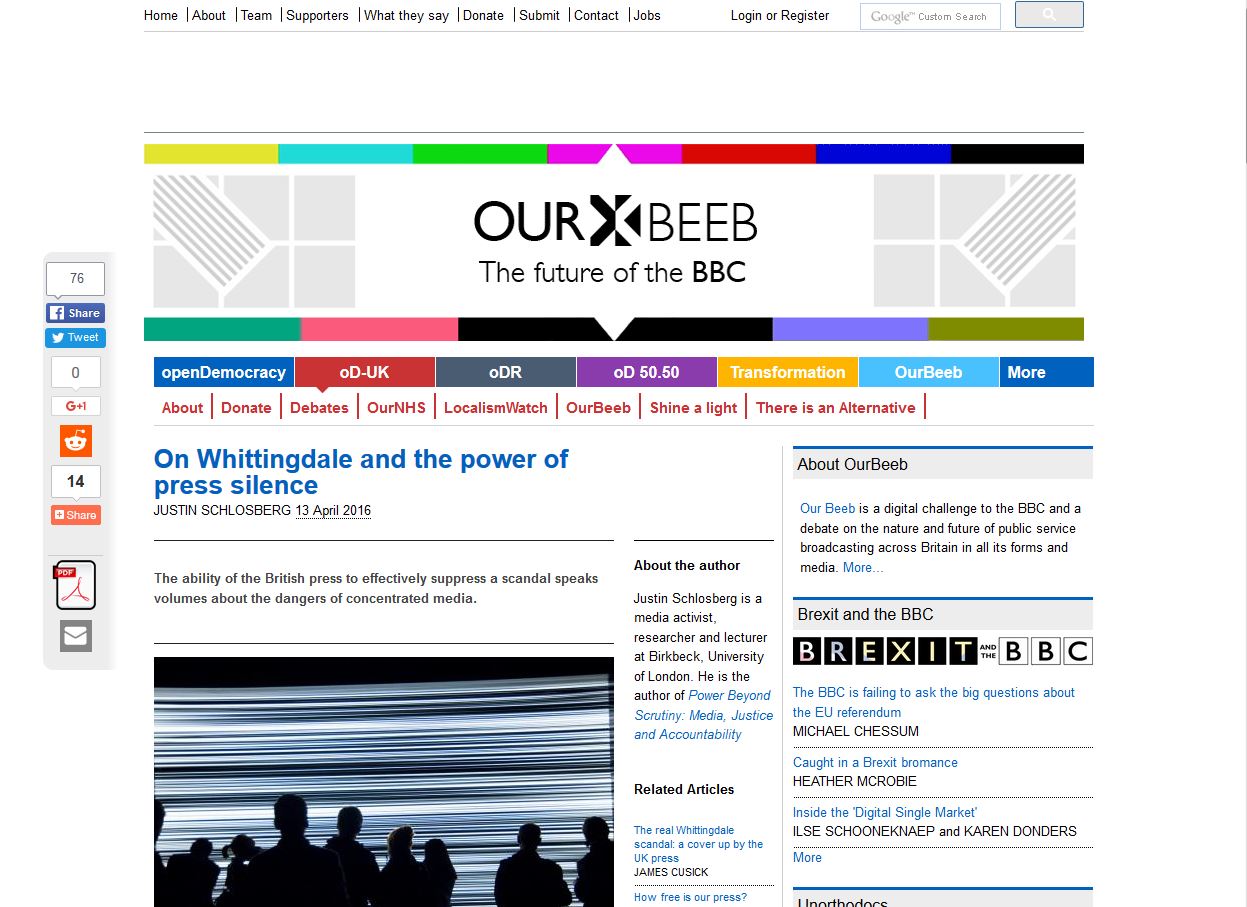

 On 1 April, 2016
On 1 April, 2016 
 I started talking and listening to people from local government and the local community about what might be possible, and gathering a small team of volunteers. Most people understood that wildlife populations in Felixstowe were falling, and they wanted to help, but they simply did not know how. It also became clear that getting hold of a single plot of land for any kind of nature reserve project in the Felixstowe area would take too long, and would be too complicated.
I started talking and listening to people from local government and the local community about what might be possible, and gathering a small team of volunteers. Most people understood that wildlife populations in Felixstowe were falling, and they wanted to help, but they simply did not know how. It also became clear that getting hold of a single plot of land for any kind of nature reserve project in the Felixstowe area would take too long, and would be too complicated.

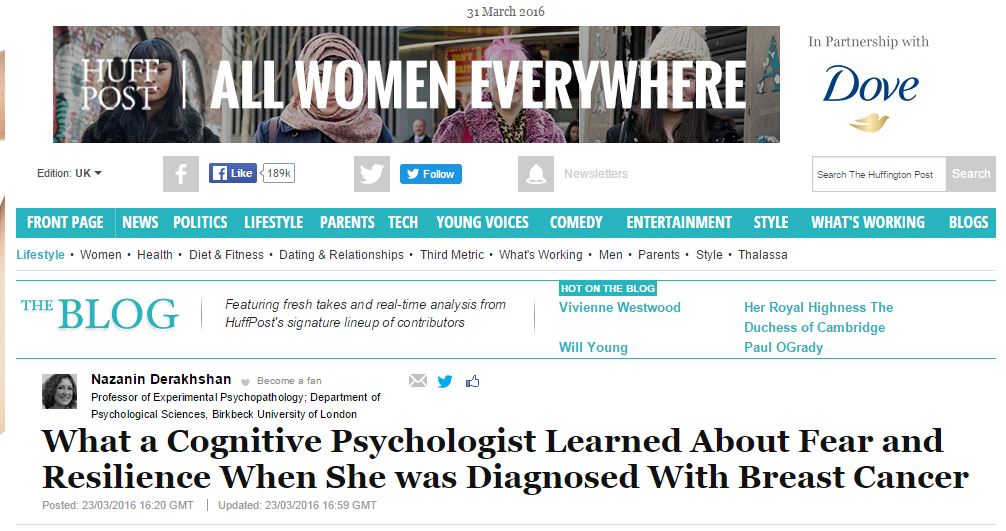














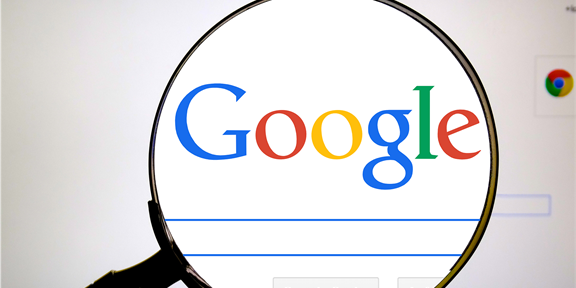
 Last week a digital market research company
Last week a digital market research company 